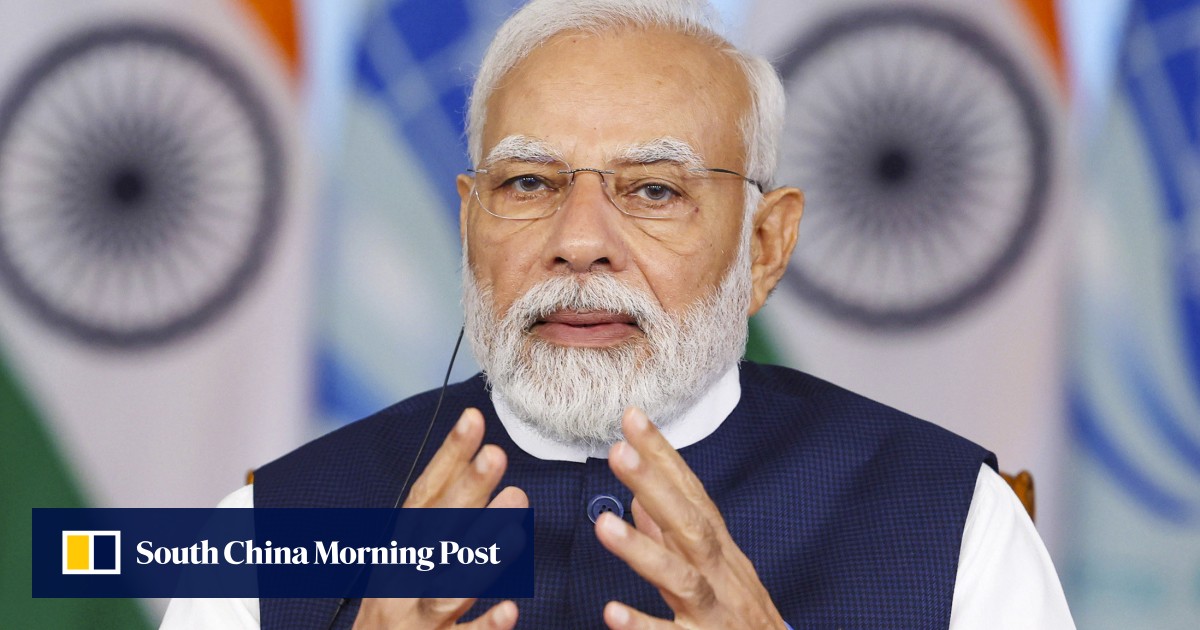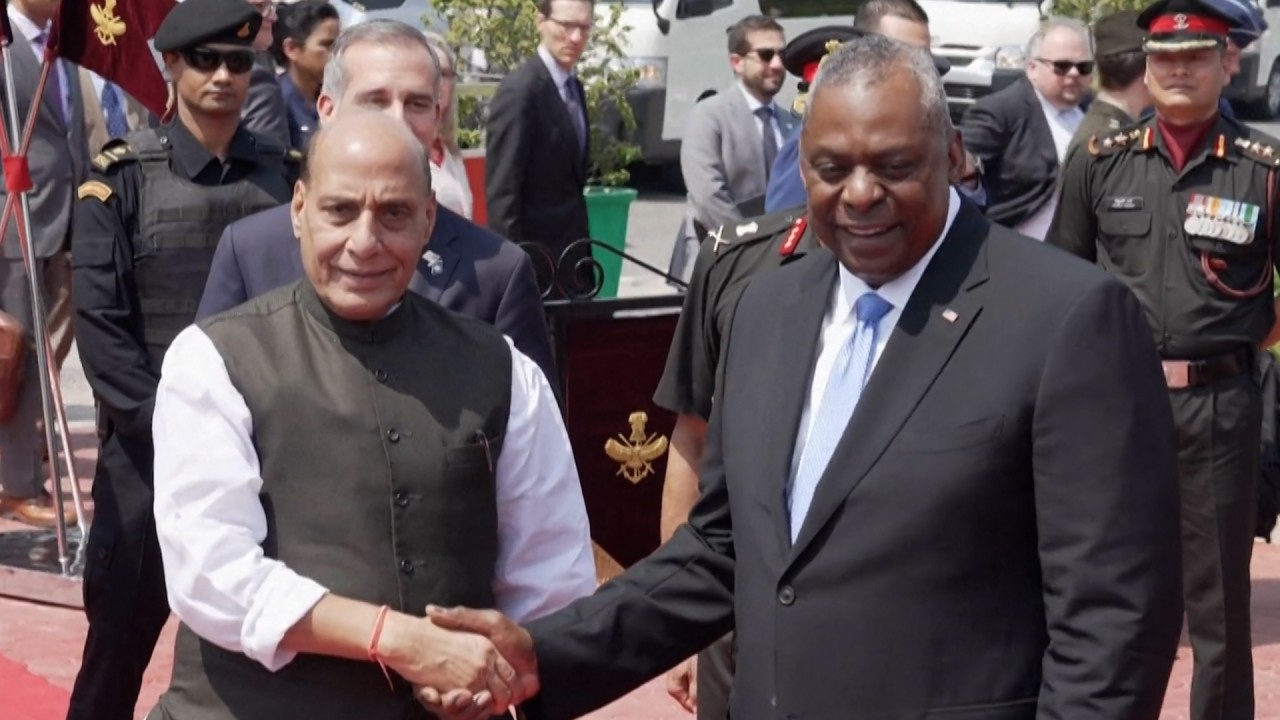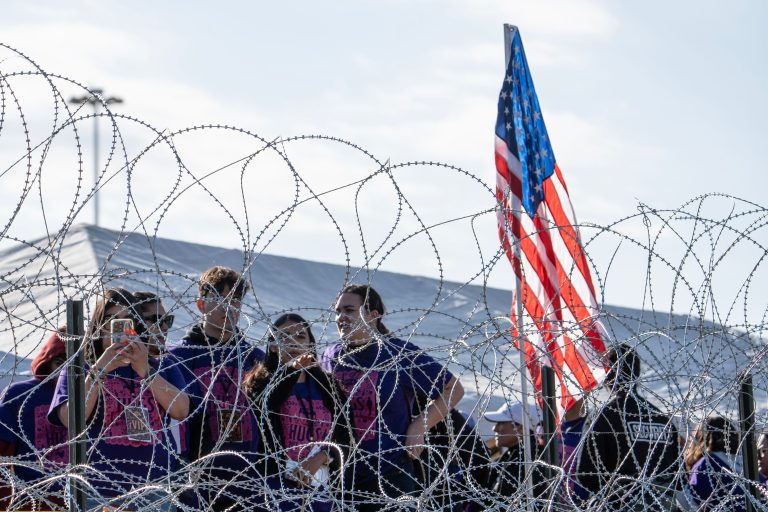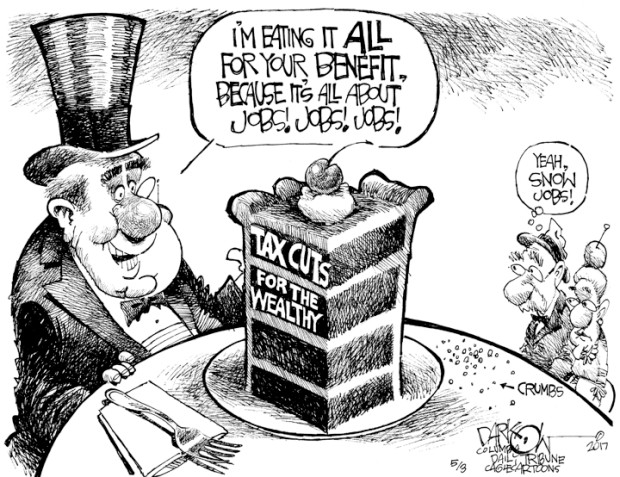

Building the Wall & Beyond: Trump’s Infrastructure Vision & its Realization
Donald Trump’s presidency was punctuated by a bold, often controversial, infrastructure vision. Beyond the highly publicized “wall” along the US-Mexico border, his plans encompassed a sweeping overhaul of America’s aging roads, bridges, airports, and other critical systems. This article delves into the specifics of this vision, its partial realization, and the lasting legacy it left behind.
The Wall: A Defining Symbol
The border wall, a cornerstone of Trump’s campaign, became a potent symbol of his administration. While the actual construction fell short of his initial promises of a complete, continuous barrier, significant stretches were built, employing diverse materials and techniques. The project sparked intense debate, highlighting complexities of border security, environmental impact, and economic consequences.
| Aspect | Reality Check |
|---|---|
| Miles Built | Significantly less than initially promised |
| Material Used | Concrete, steel, existing fencing |
| Cost Overruns | Substantial, exceeding initial budget projections |
| Environmental Impact | Significant, affecting wildlife habitats and water flow |
Beyond the Wall: A Broader Infrastructure Agenda
Trump’s infrastructure plan extended far beyond border security. His administration outlined ambitious goals targeting various sectors:
-
Transportation: Renewal of highways, bridges, and airports, aiming to alleviate traffic congestion and improve safety. This included plans for significant investments in repairing existing infrastructure and building new projects.
-
Water Infrastructure: Addressing aging water pipes and treatment plants, aiming to improve water quality and reliability nationwide.
-
Energy Infrastructure: Modernizing the energy grid, supporting energy independence, and facilitating the development of renewable energy sources.
The Reality of Realization: Challenges and Shortfalls
Despite the ambitious vision, the Trump administration faced significant hurdles in realizing its infrastructure goals:
-
Funding Shortfalls: Securing adequate funding for large-scale projects proved challenging. While some funding was allocated, it often fell short of the ambitious targets outlined.
-
Political Gridlock: Deep partisan divisions in Congress hampered efforts to pass comprehensive infrastructure legislation. The lack of bipartisan consensus resulted in limited progress on many proposed projects.
-
Regulatory Hurdles: Environmental regulations and permitting processes often delayed projects, increasing costs and timelines.
A Legacy of Unfinished Business:
Trump’s infrastructure legacy is a mixed bag. While significant work was undertaken on the border wall and some transportation projects, many ambitious goals remained unrealized. The challenges highlighted – funding, political will, and regulatory complexities – remain relevant for future administrations seeking to address America’s infrastructure needs.
The ongoing debate about the cost-effectiveness and overall impact of the border wall continues, while the broader infrastructure agenda served as a catalyst for conversations about the nation’s aging infrastructure and the urgent need for substantial investment. The Trump administration’s efforts, despite their shortcomings, undeniably placed infrastructure at the forefront of national policy discussions, leaving a lasting imprint on the political landscape. The ultimate success or failure of his vision will be judged by future generations, as the ongoing work to modernize and maintain America’s infrastructure continues.

Additional Information
Building the Wall & Beyond: A Deeper Dive into Trump’s Infrastructure Vision and its Realization
Donald Trump’s infrastructure vision, prominently featuring the border wall, presented a complex interplay of political rhetoric, budgetary constraints, and engineering realities. While the “wall” became a potent symbol, a comprehensive analysis requires examining its broader implications within the context of his overall infrastructure proposals and their actual implementation.
1. The Border Wall: A Case Study in Political Reality vs. Engineering Feasibility:
The border wall, arguably the most visible component of Trump’s infrastructure plan, faced significant challenges beyond simple construction. The initial promise of a “beautiful, big, powerful wall” quickly encountered geographical limitations. Constructing a continuous barrier across diverse terrains – from mountainous regions to environmentally sensitive areas – proved immensely difficult and costly. Sections required specialized engineering solutions, significantly increasing the price per mile beyond initial estimates. Furthermore, the wall’s effectiveness in deterring illegal immigration remains a contentious subject, with studies offering conflicting data on its impact. The focus on a physical barrier arguably neglected alternative, potentially more cost-effective solutions, such as enhanced surveillance technology and improved border patrol strategies. This exemplifies the clash between political messaging aimed at galvanizing support and the practical realities of large-scale infrastructure projects.
2. Beyond the Wall: The Broader Infrastructure Agenda:
Trump’s infrastructure plan extended beyond the border wall, encompassing proposals for repairing and upgrading existing roads, bridges, airports, and other public works. While a detailed, comprehensive plan was never fully articulated, the administration emphasized private sector involvement through public-private partnerships (PPPs). However, the reliance on PPPs proved controversial. Critics argued that prioritizing private investment could lead to projects prioritizing profit over public need, potentially resulting in cost overruns, delays, and insufficient attention to long-term maintenance. The lack of substantial federal funding further hampered the realization of these ambitious goals. The administration’s proposed tax cuts, intended to stimulate economic growth and indirectly fund infrastructure, failed to generate the projected revenue boost, leaving the funding mechanism perpetually under-resourced.
3. Comparative Analysis: Trump’s Approach vs. Historical Precedents:
Trump’s infrastructure vision contrasts with previous administrations’ approaches. While past presidents also invested in infrastructure, their methods and philosophies differed significantly. For instance, the Eisenhower administration’s Interstate Highway System relied heavily on federal funding and centralized planning, resulting in a nationwide network of highways. In contrast, Trump’s emphasis on private sector participation and limited federal funding created a decentralized and potentially less cohesive approach, potentially hindering the creation of a coordinated national infrastructure strategy. This lack of centralized coordination and planning, coupled with inconsistent funding, meant many of the proposed improvements remained largely unrealized during his presidency.
4. Unintended Consequences and Long-Term Impacts:
The limited success of Trump’s infrastructure vision carries long-term ramifications. The incomplete nature of the border wall projects has left sections vulnerable to breaches, raising questions about its ultimate effectiveness. The lack of substantial investment in other infrastructure projects exacerbates existing challenges in areas such as transportation, energy, and water management. This lack of investment might have long-term consequences on the country’s economic competitiveness and overall quality of life.
5. Conclusion:
Trump’s infrastructure vision, symbolized by the border wall, ultimately fell short of its ambitious goals. A combination of political priorities, budgetary limitations, and logistical challenges hindered the successful implementation of his plans. This case highlights the critical need for a comprehensive, well-funded, and strategically planned approach to large-scale infrastructure projects. Future efforts must prioritize realistic cost estimations, efficient project management, and a clear understanding of the trade-offs between political expediency and long-term public benefit. A more nuanced analysis, incorporating environmental impact assessments, social equity considerations, and economic modeling, is vital for formulating effective and sustainable infrastructure policies.




